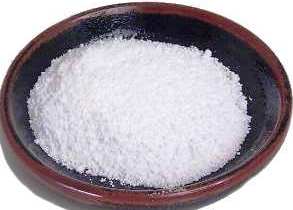
Every year nine million pregnant women and eight million newborns are at risk of iodine deficiency disorders (IDD) in India. IDDs are linked to iodine deficient soil. Due to glaciations, flooding, rivers changing course and deforestation the iodine present in the top soil is constantly leached. This, in turn, leads to deficiency of iodine in crops grown on iodine deficient soil with consequently low iodine in the diet for livestock and humans. This deficiency of iodine in the diet can be addressed by fortification of salt i.e. adding iodine to salt. Salt has been identified as an effective vehicle for iodine because it is consumed almost daily and universally.
- Iodine deficiency disorders (IDD) comprise of a range of disorders including goitre, hypothyroidism, cretinism, brain damage, intellectual disability, psychomotor defects, hearing and speech impairment, abortion and stillbirths.
- Intelligent Quotient (IQ) Children born in iodine deficient areas have 13.5 IQ points less than those in Iodine sufficient areas A majority of the consequences of IDD are invisible and irreversible, but at the same time, are totally preventable. IDD constitute the single largest cause of preventable brain damage worldwide.
- In India, due to lack of iodine in the soil and therefore in the diet, all1.2 billion people are at risk of IDD and around 264 million people are at high risk. India has the largest number of children born vulnerable to IDD.
- Currently, 92% of the population consumes iodised salt in India.
- Adequate salt iodisation in India has saved 4 billionn IQ points in the last two decades